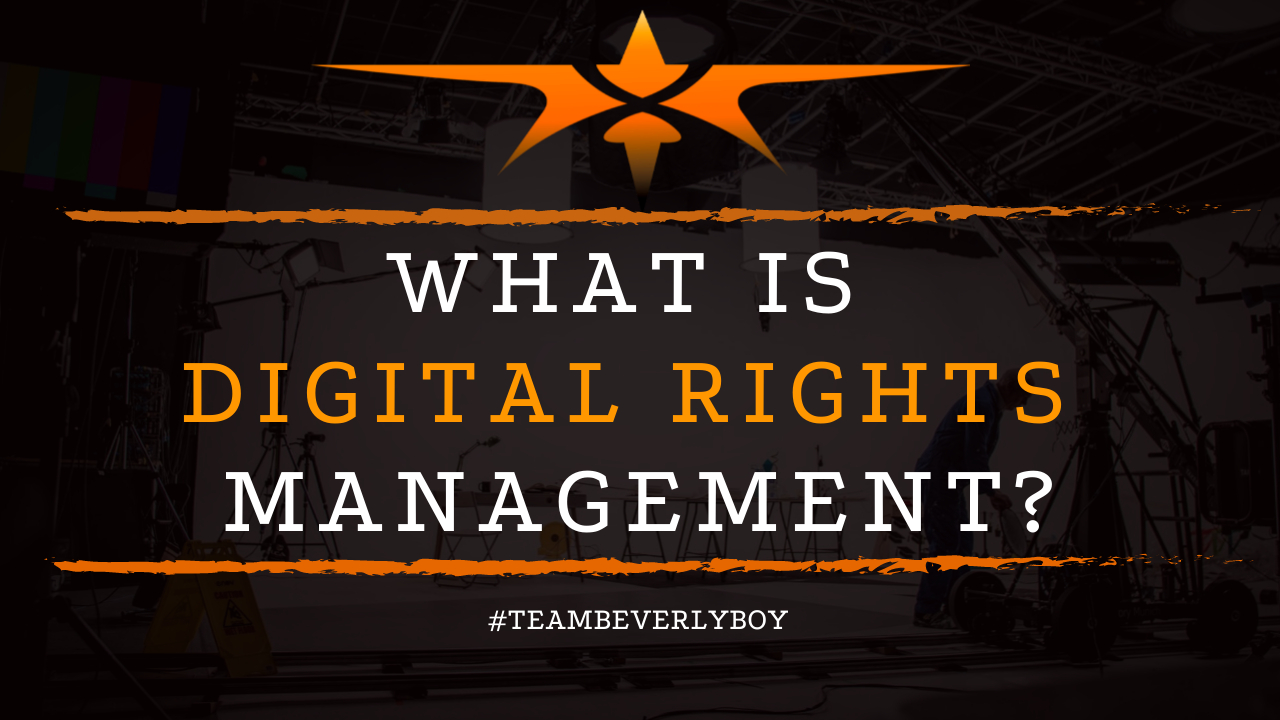
What is Digital Rights Management?
Throughout the world the use of copyrighted material without permission has long been a concern for creators of copyrighted works. While various laws are enacted to circumvent copyright infringement, these laws alone are not enough. Thus, other forms of circumvention have evolved. Including the use of tools or technological protection measures to restrict the use of copyrighted materials. Digital Rights Management (DRM) tools provide unique protections for copyrighted works in conjunction with the Digital Millennium Copyright Act. But exactly what is digital rights management? And how do Digital Rights Management tools work?

What is Digital Rights Management?
Digital Rights Management tools represent the use of technological protection measures which include unique access control technologies.
Which are used to restrict the use of copyrighted works by controlling access, limiting or preventing modification, and managing the distribution of such works. Through specialized software and multimedia.
Various Digital Rights Management techniques have evolved over the years including:
- Restrictive licensing agreements.
- Digital encryption.
- The use of Product Keys
- Limited installation activations
- Persistent online authentication.
- Digital watermarks
- Metadata.
- CableCard.
Digital Rights Management Expansion
Although digital rights management was once only applicable to certain products that could be copyrighted, the use of DRM tools has expanded in recent years.
Where it would be expected for DRM to apply to the entertainment industry in the application of protections to online music and e-book publishers.
We’ve seen the expansion apply to hardware products that would not traditionally have been protected by copyright such as Keurig coffee makers, John Deere Tractors, and other products.
Controversy
Thus DRM has drawn some controversy. While DRM is necessary to prevent the theft of intellectual property, critics contend that DRM doesn’t actually circumvent copyright infringement but rather poses an inconvenience to legitimate customers.
While there appears to be proof that both sides could be correct in stating the DRM is and is not ideal. There is evidence that Digital Rights Management will continue to be a major influence in copyright protection for the foreseeable future.
Regardless of whether everyone agrees, or disagrees, with its use.
Opposition to DRM
Those who oppose Digital Rights Management claim that it actually restricts the legal rights to people who pay for products. For example, if an individual purchases a CD with songs from their favorite artist they can listen to the CD indefinitely.
But DRM protections may prevent that individual from making a copy of the CD. The individual might want to copy the CD for their own use. For example to keep a copy in their car and another at home. But DRM technologies block the CD from being copied entirely.
Opposition to DRM states that this is against the rights of the individual who purchased the CD legally. As they should be able to create a copy for their own personal use. Rather than have to purchase another CD if they wish to have a copy both in their car and in their home.
The Takeaway
So, what is Digital Rights Management? It’s the use of technological protection measures to limit access. Or otherwise control the use of copyrighted works such as DVDs, CDs, or other technology.
While DRM is incredibly powerful in circumventing copyright infringement, it’s not perfect and has both proponents and critics that each share unique experiences and arguments to the subject which have valid points.



